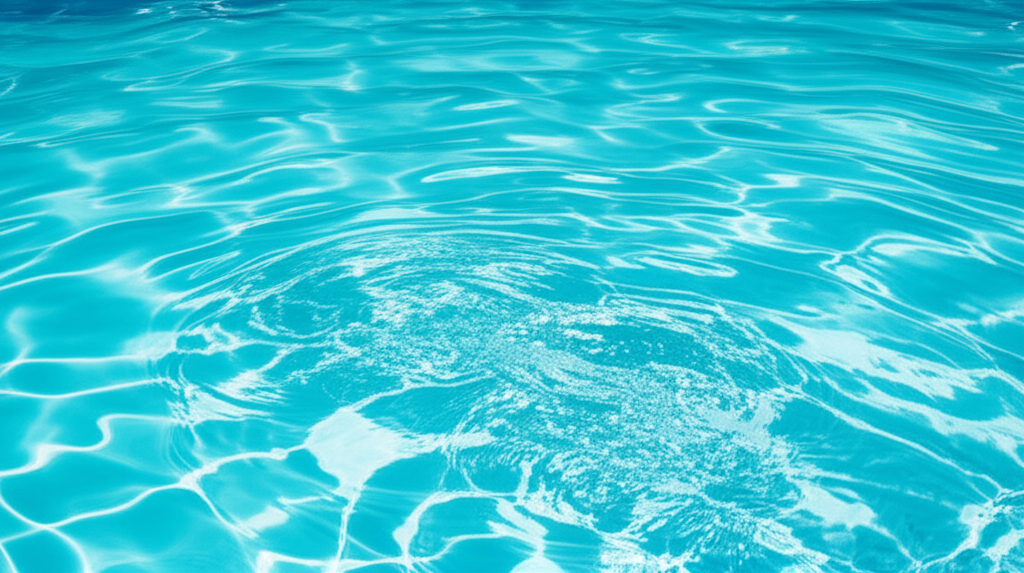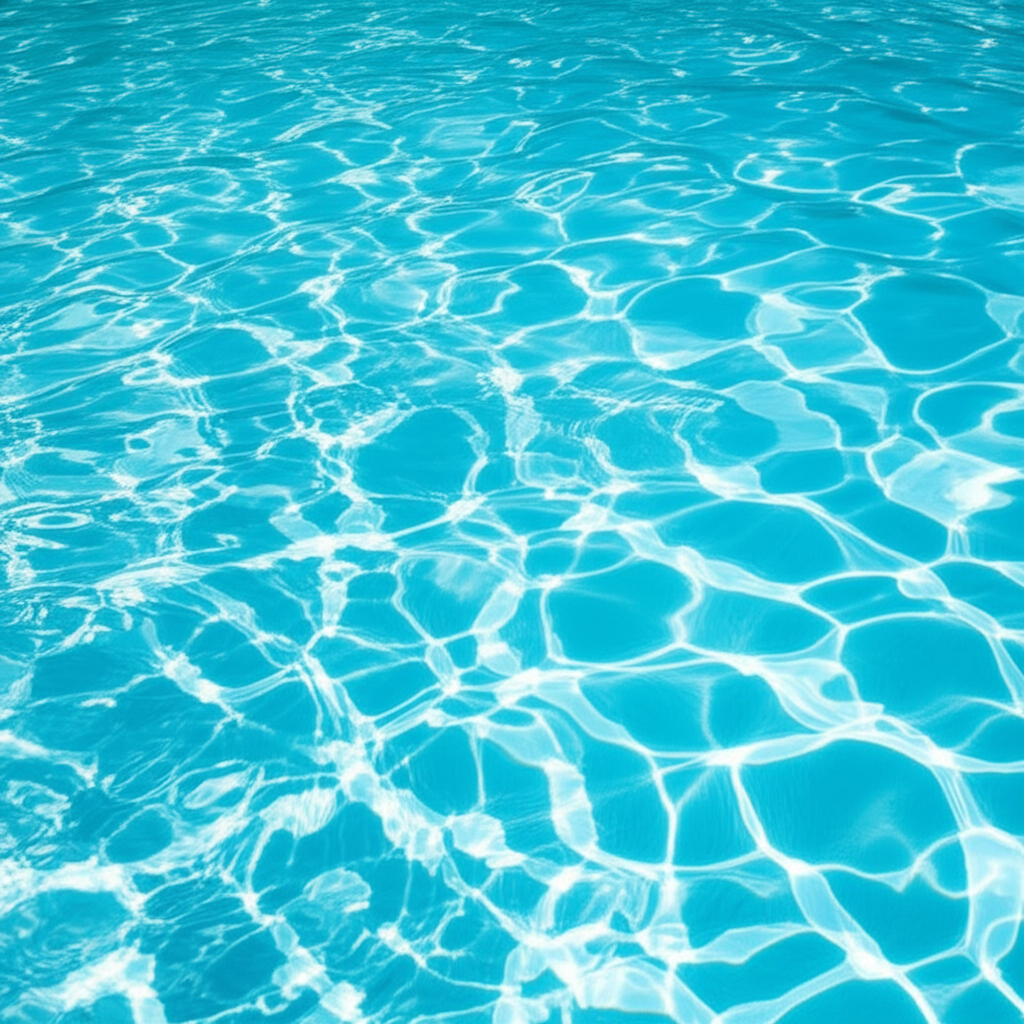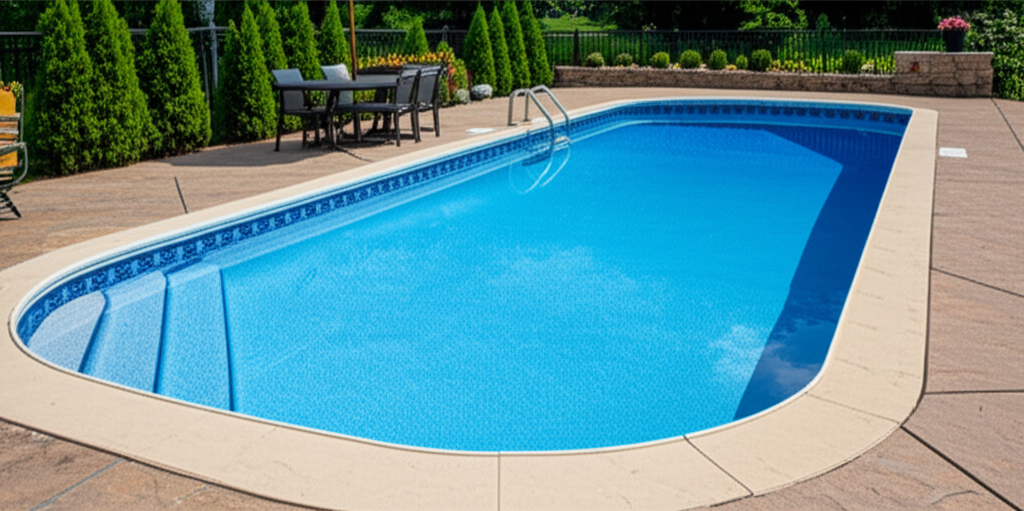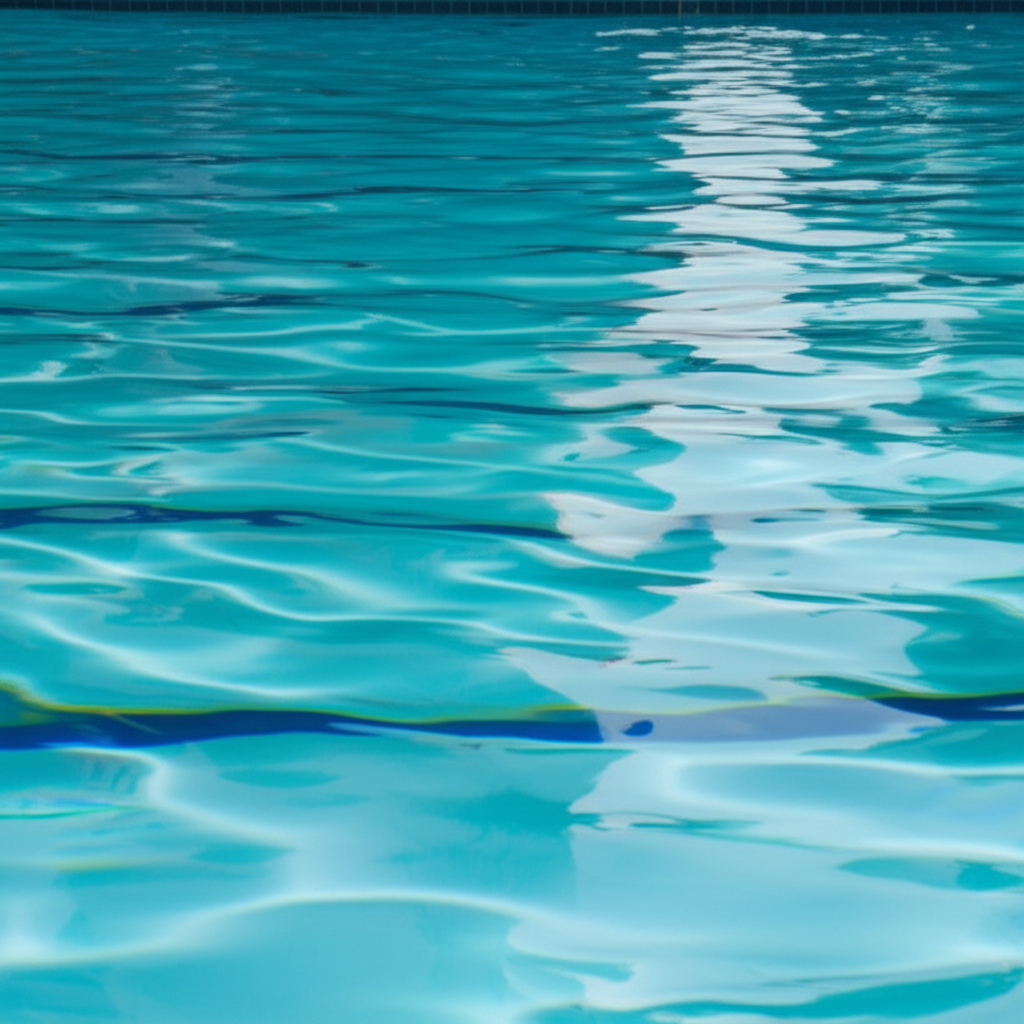- The Unsung Hero of Clean Pools: What is Free Chlorine?
- Beyond Free Chlorine: Understanding Total Chlorine and Combined Chlorine
- Why Optimal Free Chlorine Levels are Non-Negotiable
- The Gold Standard: Optimal Free Chlorine Levels for Your Pool Sanitizer
- Maintaining Your Pool Sanitizer: Daily Habits for Sparkling Water
- Troubleshooting Common Free Chlorine Imbalances
Free Chlorine is the cornerstone of a healthy, sparkling, and truly stunning swimming pool. It’s the active component responsible for sanitizing your water, eradicating harmful bacteria, viruses, and algae that can turn your aquatic oasis into a murky, unsafe environment. Understanding the dynamics of chlorine, particularly the distinction between its various forms and maintaining optimal levels, is paramount for any pool owner aspiring for crystal-clear water and a pristine swimming experience.
The Unsung Hero of Clean Pools: What is Free Chlorine?
At its simplest, Free Chlorine (FC) refers to the amount of chlorine available in your pool water to sanitize and disinfect. When you add chlorine to your pool, it first forms hypochlorous acid (HOCl) and hypochlorite ions (OCl-). These are the active forms of chlorine that actively seek out and destroy contaminants. HOCl is particularly potent, and its presence is highly dependent on your pool’s pH level. Essentially, FC is the frontline defense, waiting to neutralize any organic matter, pathogens, or algae that enter your pool. It’s what gives your pool its sanitizing power.
Beyond Free Chlorine: Understanding Total Chlorine and Combined Chlorine
While Free Chlorine is the hero, it’s crucial to understand where it fits within the broader picture of your pool’s chlorine chemistry. When you test your pool water, you’ll often encounter terms like Total Chlorine (TC) and Combined Chlorine (CC).
Total Chlorine (TC): This is the total amount of all chlorine present in your pool. It’s the sum of both the active chlorine (Free Chlorine) and the chlorine that has already reacted with contaminants (Combined Chlorine).
Combined Chlorine (CC): Also known as chloramines, this is the chlorine that has already done its job. When FC effectively neutralizes contaminants like sweat, urine, body oils, and other organic matter, it binds with them, forming chloramines. Chloramines are less effective as sanitizers, produce that well-known “chlorine smell” (ironically, a sign of too little effective FC, not too much), and are responsible for eye and skin irritation.
The relationship is simple: FC + CC = TC. Ideally, you want your Combined Chlorine levels to be as close to zero as possible (0.0 ppm to 0.2 ppm at most). A high CC reading indicates that your FC is being used up rapidly and potentially struggling to keep up with demand, necessitating a shock treatment to break down those chloramines and regenerate your sanitizing power.
Why Optimal Free Chlorine Levels are Non-Negotiable
Maintaining the right levels of Free Chlorine isn’t just about sparkling water; it’s fundamental to swimmer health, pool longevity, and overall enjoyment.
1. Health and Safety: The primary role of FC is to kill disease-causing pathogens. Without sufficient FC, your pool becomes a breeding ground for bacteria (like E. coli) and viruses, posing serious health risks to swimmers.
2. Water Clarity: Algae and other organic matter thrive in low FC environments, quickly turning your water cloudy or green. Optimal FC levels prevent these unwelcome guests, ensuring your pool remains invitingly clear.
3. Swimmer Comfort: Counterintuitively, it’s low FC and high CC that cause irritation. When chloramines are elevated, they off-gas, leading to burning eyes, irritated skin, and respiratory discomfort. Sufficient FC prevents the buildup of these problematic compounds.
4. Pool Equipment Longevity: A well-sanitized pool reduces the strain on your filtration system and prevents the growth of contaminants that can clog filters or damage surfaces over time.
The Gold Standard: Optimal Free Chlorine Levels for Your Pool Sanitizer
For most residential pools using chlorine as their primary pool sanitizer, the ideal range for Free Chlorine is 1-3 parts per million (ppm). However, several factors can influence the “optimal” level for your specific pool:
Cyanuric Acid (CYA): Often called chlorine stabilizer, CYA protects your FC from degradation by UV rays. If your CYA levels are in the recommended 30-50 ppm range, your FC will be more stable. However, if CYA is higher, you’ll likely need to maintain higher FC levels to ensure effective sanitation (e.g., above 60 ppm CYA might require 3-5 ppm FC). The generally accepted rule is to aim for FC to be ~7.5% of your CYA level.
Bather Load: More swimmers mean more organic contaminants (sweat, lotions, etc.), which consume FC. During periods of heavy use, you may need to increase your FC to 3 ppm or even temporarily higher.
Temperature: Warmer water depletes chlorine faster.
Rainfall/Debris: Storms can introduce significant contaminants, consuming FC.
Saltwater Pools: Given the continuous production of chlorine, many saltwater pool owners target a slightly higher FC range, often 3-5 ppm, to ensure robust sanitation.
Always consult your pool’s specific needs and local guidelines, but 1-3 ppm FC is a solid starting point for a well-balanced pool.
Maintaining Your Pool Sanitizer: Daily Habits for Sparkling Water
Achieving and sustaining optimal Free Chlorine levels requires consistent effort and careful monitoring:
1. Regular Testing: This is non-negotiable. Use a reliable test kit (liquid reagents are generally more accurate than test strips) to check your FC, TC, pH, alkalinity, and CYA at least 2-3 times a week, or daily during heavy use or hot weather.
2. Adjust pH First: Chlorine is most effective when the pH is between 7.4-7.6 (ideal) and 7.2-7.8 (acceptable). If your pH is too high, chlorine becomes sluggish; if too low, it’s consumed too quickly and can be corrosive.
3. Adding Chlorine: Utilize your chosen chlorine delivery method — liquid chlorine, granular shock, or stabilized tablets (trichlor/dichlor). Always follow product instructions carefully. Add chlorine in the evening, as sunlight quickly degrades unstabilized chlorine.
4. Shocking: When your Combined Chlorine levels exceed 0.2 ppm, or after heavy use, rain, or algae presence, “shock” your pool. This involves adding a high dose of unstabilized chlorine to reach breakthrough chlorination levels, effectively oxidizing contaminants and breaking apart chloramines.
5. Maintain CYA: Ensure your Cyanuric Acid levels are within the recommended range (30-50 ppm, never exceeding 80 ppm). Too little CYA means your FC evaporates quickly; too much can “lock up” your chlorine, making it ineffective.
Troubleshooting Common Free Chlorine Imbalances
Even with the best intentions, Free Chlorine levels can fluctuate.
Low FC: If your FC is consistently low, it indicates a high chlorine demand. Possible causes include insufficient chlorine addition, high bather load, lack of CYA, presence of algae (even if not visible), or high organic load. The solution involves adjusting your daily chlorine addition, shocking the pool, or addressing the root cause like algae.
* High FC: While less common in unstabilized pools, high FC can occur after shocking or if too much chlorine is added. This can lead to rapid pH rise, irritation, and potential damage to pool surfaces/equipment. The best way to lower high FC is to stop adding chlorine, run your pump, and let sunlight naturally dissipate it (especially if CYA is low). A chlorine neutralizer can be used as a last resort, but use sparingly.
In conclusion, mastering the art of Free Chlorine management is the secret to a consistently clean, safe, and truly stunning pool. By understanding its role as your primary pool sanitizer, monitoring its levels diligently, and addressing any imbalances promptly, you’ll ensure your backyard oasis is always ready for a refreshing, worry-free dip. It’s an ongoing commitment, but the reward of crystal-clear water and healthy swimmers is well worth the effort.




